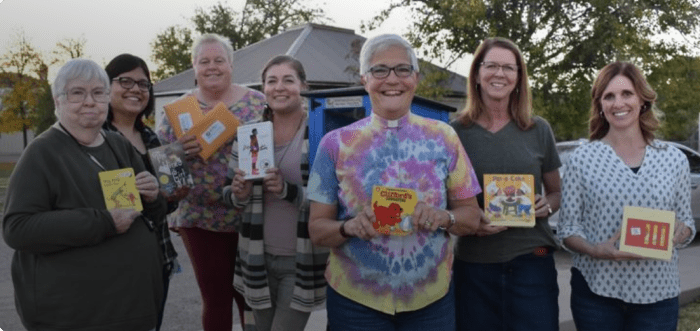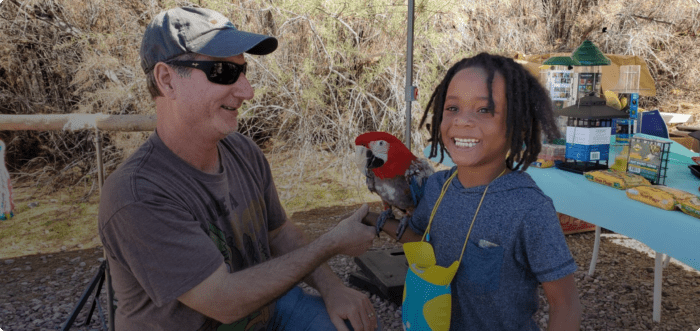Change comes fast these days and because of the proliferation of social media, the response to it is almost instantaneous and often erratic.
That’s a formula for trouble. Rumors and baseless fears have led to a boycott of vaccinations in the United States and an increase in previously rare diseases like measles. Conspiracy theories abound. Fake news is a cultural buzz phrase.
Dr. Andrew Maynard, the director of the Risk Innovation Lab at Arizona State University, is on a mission to separate fact from fiction and wring clarity from chaos. He’s convinced better science and technology communication can reduce fears, improve quality of life and help us cope with an ever more complex future.
Dr. Maynard will be one of the featured experts speaking Sept. 17 at the 2019 Arizona STEM and Innovation Summit in Scottsdale presented by the SciTech Institute, an Arizona nonprofit focused on cultivating an ecosystem of conscious science, technology, engineering and math (STEM) communities through awareness, connections and empowerment. He’ll talk about the tools that can revolutionize our understanding of science if used correctly. Those tools include the popular – and in Dr. Maynard’s view greatly undervalued – social medium of YouTube.
“We have got to help people understand the implications of science and technology in their lives so they can make decisions that will make their lives better,” said Dr. Maynard. “YouTube is one of the first places people go to these days when they want information. How can we ensure that there is content there that is meaningful and valuable? The impetus is on the scientific community to make sure people understand what we’re doing.”
Dr. Maynard is a physicist by training who joined the faculty of Arizona State University’s School for the Future of Innovation in Society in 2015. It’s a unique transdisciplinary “think lab” where creativity, collaboration, education and engagement work to transform how we see, think, and act on risk within society.
One of the keys to reducing risk and confusion as it relates to technology is communication, said Dr. Maynard — communication that can be understood and acted upon by the public.
He’s delved into the genre of science fiction, penning the book “Films from the Future: The Technology and Morality of Sci-Fi Movies” to prove his point.
“The science in those movies is almost always wrong,” he said. “But they can add compelling insights into how we can use technology beneficially. My book opens up conversations about things like gene editing and artificial intelligence and what they can do for us.”
It’s those types of conversations he hopes to inspire Sept. 17 at the Arizona STEM and Innovation Summit. He’ll be co-leading a session called “Communicating Science” where he’ll
discuss platforms like YouTube and how to use them to present clear, accurate and engaging information.
Because, as Dr. Maynard said, our very future may depend on how well science and other professionals present innovation and change.
—
About the 2019 Arizona STEM and Innovation Summit
What’s the next big thing in science and technology? The answers can be found at the Arizona STEM and Innovation Summit in Scottsdale Sept. 17.
The Summit takes place from 9 a.m. to 4 p.m. at the Scottsdale Center for the Performing Arts, 7380 E. Second St.
Registration is open for both exhibitors and attendees. Space is limited. Reserve your spot now by visiting: https://scitechinstitute.orgazscitech.events.idloom.com/stemsummit







